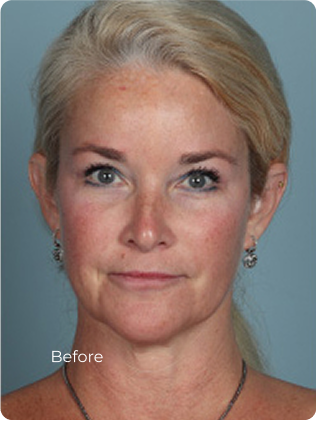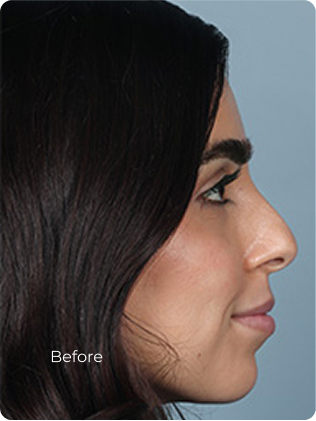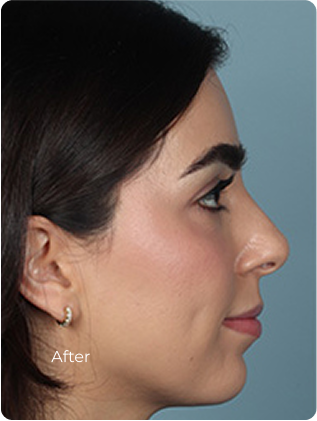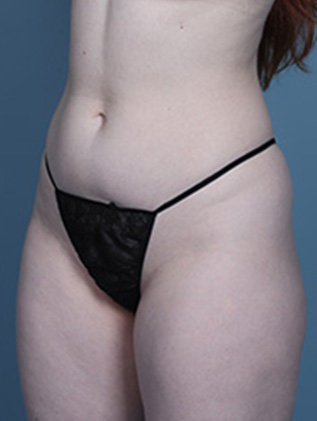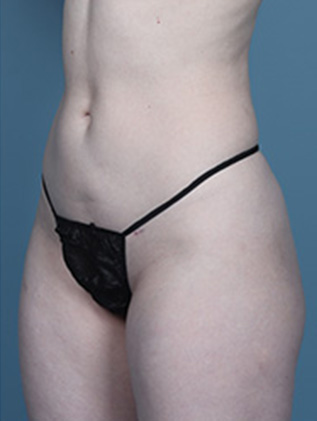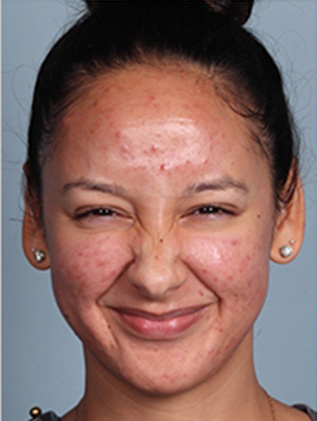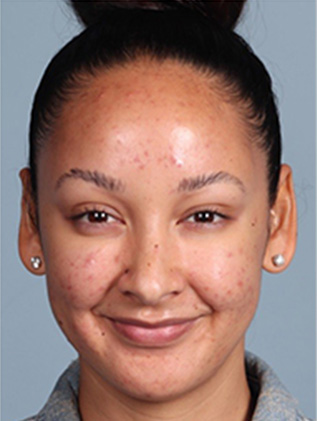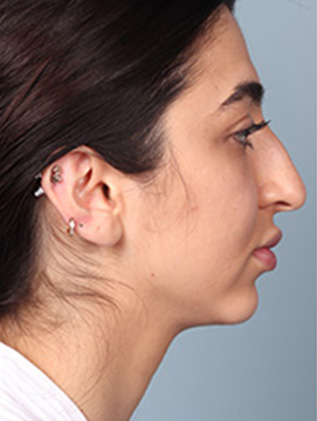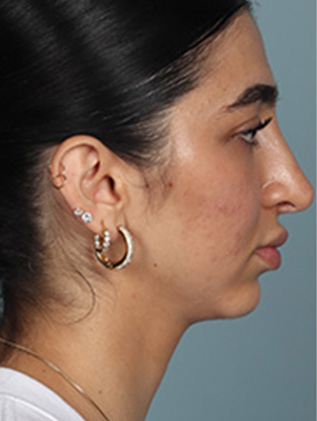Before you take the phone and book an appointment with your dermatologist or plastic surgeon for a Botox treatment, you need an estimate of Botox units per area needed for your desired outcome. This will help you estimate the budget you’ll need and the amount of time you’ll have to dedicate to the treatment and also give you an overall idea of what to expect from the procedure.
If it’s your first time, you might feel overwhelmed by all the numbers and terms experts throw around. Let’s simplify things—we’ll cover the key factors that determine how much Botox you need for each area.
What Is Botox? Understanding the Structure and Mechanism of Action
The bacterium Clostridium botulinum produces a protein known as Botox, or Botulinum toxin, which professionals have applied for both therapeutic and cosmetic purposes since 1991.
Botox works by blocking nerve signals to muscles in the targeted area, causing them to relax temporarily and soften wrinkles or lines on the skin’s surface. This effect typically lasts for three to four months before another treatment is needed (of course, this may vary depending on individual factors).
What Is a Botox Unit?
Usually, Botox is measured in units, which is a standard measure of the potency of the toxin. One unit of Botox contains 100 mouse units (MU) of botulinum toxin type A. This may sound scary, but rest assured that the amounts used in cosmetic procedures are much smaller and considered safe by regulatory bodies.
Standard Botox Units Recommended by the Manufacturer
The official producer of Botox, Allergan, recommends a certain number of units for each area based on their clinical studies and experience. We offer these recommendations as a guideline, yet your Botox dosage might differ based on individual factors like muscle strength and desired outcome. We’ll cover more factors below:
- Chin: 2-6 units
- Corners of the mouth: 3-6 units
- Crow’s feet (outer canthal lines): 5-15 units
- Eyebrow: 2-5 units
- Frown lines: 10-25 units
- Glabellar lines (between the eyes): 10-25 units
- Lines around the nose: 5-10 units
- Neck (platysmal) bands: 25-50 units
How to Determine Botox Units for Individual Cases?
There are dozens of factors that can affect how many units of Botox are needed for an individual case. On the one hand, responsible use of this powerful toxin is crucial to minimize potential side effects, and on the other hand, different patients have different aesthetic goals, and patients’ anatomy and metabolism may affect the outcome as well. The following are some factors to consider when determining Botox units for an individual case:
Injection Sites and Treated Muscles
As the main purpose of Botox injections is to relax the muscles that cause wrinkles, the number of units required will largely depend on the location and size of these muscles. For example, someone with strong frown lines may require more units in the glabellar region, while someone with fine forehead wrinkles may only need a few units in that area.
That’s because the amount of Botox needed to weaken the muscle and smooth out wrinkles varies based on the site of injection. Moreover, different expressions may require more or fewer units in certain areas than others.
Anatomically, certain muscle groups have different strengths, and they may displace the Botox differently as well. For example, you need a specific amount of Botox in the glabellar region to weaken the muscle and smooth out frown lines, but using too much there might cause brow ptosis (drooping eyebrows).
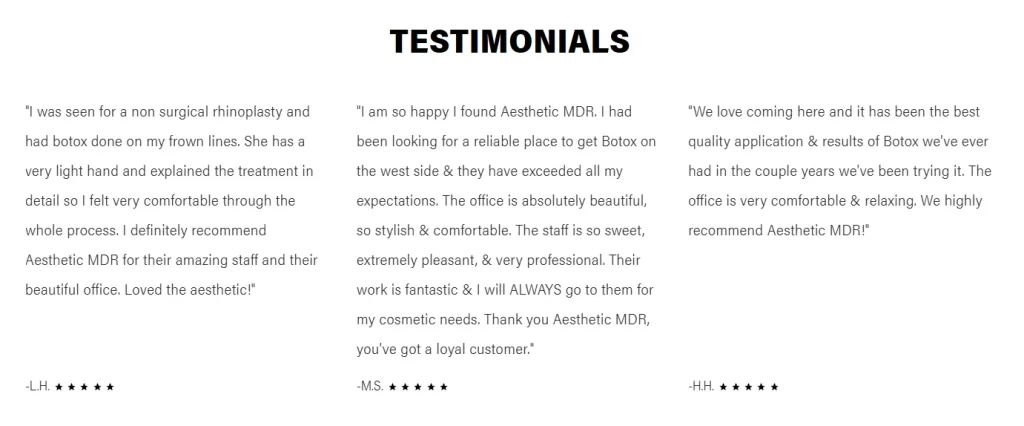
Forehead: 10 – 30 Botox Units
That’s one of the most common areas for Botox injections. The forehead has many small muscles that control eyebrow movement and facial expressions. Depending on the severity of the wrinkles, the patient’s age, and goals, typically 10-30 units are needed in this area. At first, some patients may experience slight heaviness in the forehead, which should resolve within a few days.
Crow’s Feet: 5 – 15 Botox Units
Crow’s feet, also known as smile lines, are the wrinkles that appear at the outer corner of each eye. The amount of Botox needed to treat this area varies based on muscle strength and the depth of the wrinkles. Usually, 5-15 units are enough for both eyes. In the meantime, it’s crucial to know that the eye area is very delicate, and over-treatment with Botox can lead to complications such as drooping eyelids. So, especially with around-the-eye treatments, one should always seek a qualified and experienced provider.
Neck: 25 – 50 Units
The drastic increase of Botox units needed for the neck area compared to other parts of the face may surprise some patients. However, it’s important to note that the neck is a larger muscle group and often has more severe wrinkles due to aging and sun damage. Typically, 25-50 units are required for Botox injections in the neck area, but this can vary depending on individual factors.
Frown Lines: 5 – 15 Units
When it comes to frown lines, also known as the “11 lines” between the eyebrows, a smaller amount of Botox units is usually needed compared to other areas. Typically, 5-15 units are enough for this treatment. However, it’s important not to overdo it in this area, as too much Botox can lead to brow ptosis (drooping eyebrows). It’s essential to find a qualified and experienced provider who understands the delicate balance needed for successful results.
The Gender of the Patient
Coming to natural differences between men and women, it’s essential to keep in mind that the amount of Botox needed may vary based on gender. Generally, men have stronger facial muscles and thicker skin compared to women. This means that they may require a higher number of units for their Botox treatments. However, this is not always the case, as each individual’s anatomy and desires are unique. A qualified provider will consider these factors when determining the appropriate dosage for each patient.
The Age of the Patient
Doctors inject Botox into young patients for preventive purposes, typically using a smaller dose than that given to older patients seeking corrective treatment. In younger patients, they use lower doses to prevent wrinkles from forming and maintain a youthful appearance. However, as we age, our muscles become stronger and more resistant to Botox, making it necessary to use higher amounts of units for effective results.
Aesthetic Goals
A forever dilemma that many aesthetic procedures face, whether surgical or non-surgical, is meeting the patient’s aesthetic goals while still maintaining a natural look. This also applies to Botox treatments as some patients may desire a more dramatic change while others prefer a subtle enhancement.
So, even if a specialist determines the right amount of units based on age and gender, it’s still imperative to discuss the patient’s aesthetic goals and expectations before beginning treatment. Some patients want a complete freeze of their facial muscles, while others may want to maintain some degree of movement. This can greatly influence the amount of Botox needed for each individual.
The Frequency of Treatments
Botox continuously weakens and relaxes muscles, causing them to eventually atrophy and lose strength over time. As a result, practitioners may use fewer Botox units with each subsequent treatment to achieve the same effects. However, if a patient takes an extended break from treatments, they might require more units to regain the desired results.
Some patients may also have different muscle groups that respond differently to Botox treatments. In these cases, different amounts of units for each area may be necessary to achieve symmetrical results.
The Trend for Less Is More
Besides the fact that certain Botox units are recommended for specific areas on the face, the global trend toward looking natural and beautiful rather than artificially perfect is also influencing the number of units used in Botox treatments. More and more patients are more accepting of themselves when aging and developing wrinkles. Looking less frozen and more expressive is becoming increasingly desirable. By using fewer units of Botox, it’s possible to achieve a more natural look that still allows for facial movement and expression.
That’s why the above-mentioned conversation with the patient about their aesthetic goals and expectations is so important.
Why the Right Dosing of Botox is Important?
If we put aside the sole aesthetic aspect of using Botox (that the incorrect amount will leave you looking frozen and unnatural or will not provide the desired results), proper dosing is very important from a safety standpoint.
If a specific area of the face receives too much Botox, it can lead to muscle weakness or paralysis in surrounding areas. This could result in drooping eyelids, uneven eyebrows, or even difficulty speaking or swallowing.
Also, many patients may have conditions or take medications that could interfere with the effects of Botox if not properly dosed. It’s important for physicians to carefully consider each patient’s medical history before administering any type of treatment.
So, Botox units should be carefully chosen and administered to achieve both aesthetic and safety goals.
Trust Your Botox Treatments to Aesthetic MdR
If you’re looking for a qualified and experienced provider for your Botox treatments that frees you from any worries about dosing and results, then look no further than Aesthetic MdR. Double board-certified plastic surgeon Dr. Luis Macias is the person to trust with your Botox treatment.
At Aesthetic MdR, we understand that each patient is unique and has different aesthetic goals. That’s why we offer personalized consultations to discuss your specific concerns and develop a customized treatment plan just for you.
